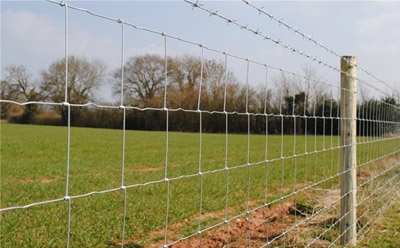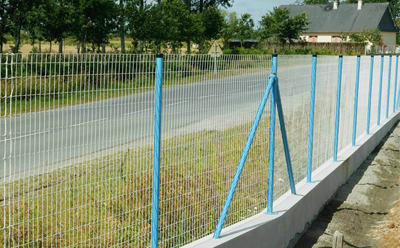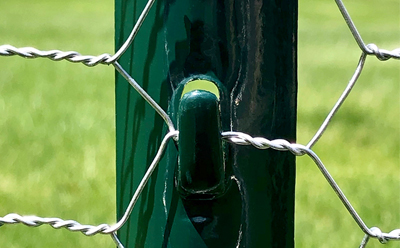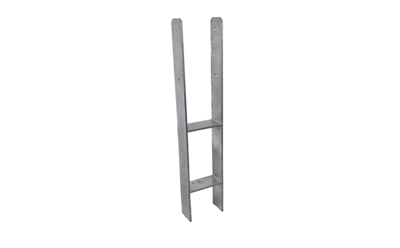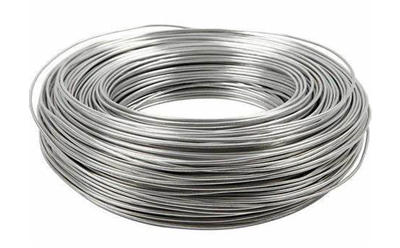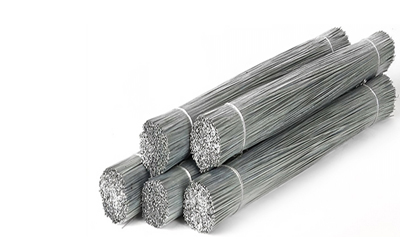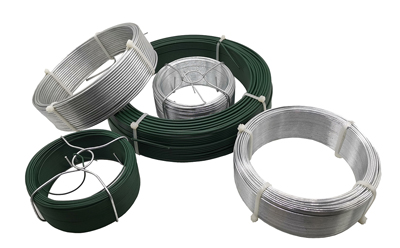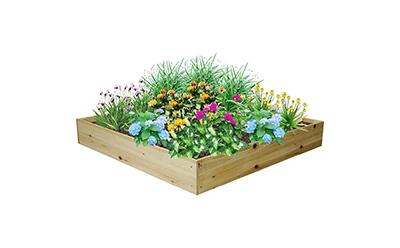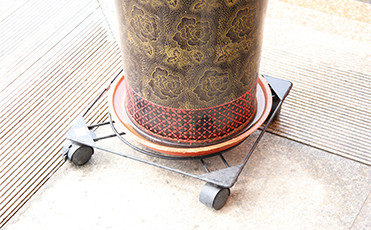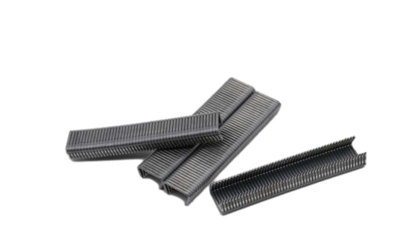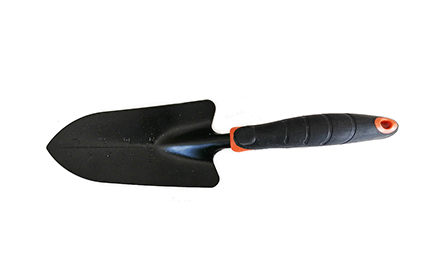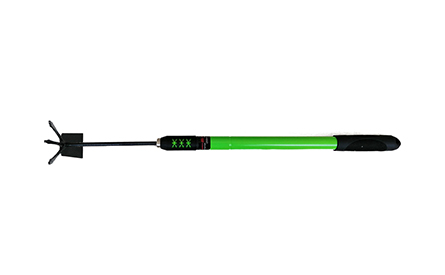Creative and Functional Designs for Tomato Trellis to Enhance Your Garden's Aesthetics and Growth
Aug . 01, 2024 00:11Tomato Trellis Design Elevating Your Gardening Game
Growing tomatoes can be a rewarding gardening experience, leading to bountiful harvests and delicious meals. However, to achieve the best results, proper support is essential, particularly as these vigorous plants can become unruly without a structured framework. This is where an effective tomato trellis design comes into play, providing the necessary support and allowing for healthier growth.
Understanding the Importance of Trellising
Trellising serves multiple purposes when it comes to tomato plants. First and foremost, it keeps the plants upright, preventing them from sprawling on the ground, which can lead to increased risk of disease and pest infestations. By elevating the plants, trellises improve air circulation and sunlight exposure, aiding in photosynthesis and contributing to better fruit quality. Furthermore, trellising makes it easier to manage and harvest tomatoes, reducing the likelihood of damaging the plants while reaching for ripe fruits.
Types of Trellis Designs
There are various trellis designs to consider, each with its unique benefits and aesthetic appeal. Below are a few popular options
1. Single Vertical Stakes This is one of the simplest trellis designs. A sturdy stake, such as bamboo or treated wood, is inserted into the ground next to each tomato plant. As the plant grows, gardeners can tie the main stem to the stake using soft twine or plant ties. This method is ideal for indeterminate varieties that can grow tall and require ongoing support.
2. Cages Tomato cages provide a circular structure that surrounds the plant, offering support on all sides. They can be easily made using wire mesh or purchased pre-fabricated. Cages are particularly useful for determinate varieties, which tend to grow a bit shorter and more compact. However, they can also be used for indeterminate plants if they are large enough.
tomato trellis design

3. Trellis with Horizontal Supports This design involves constructing a framework that consists of vertical posts with horizontal crossbars. The tomato plants can be tied to these crossbars at various heights, allowing for ample space between the plants for growth and airflow. This type of trellis is beneficial for larger gardens and can support multiple plants simultaneously.
4. Florida Weave This trellising method involves a series of stakes placed in a row, with twine wrapped horizontally around the rows of tomatoes at regular intervals. The twine supports the plants while allowing for easy access and harvesting. This method is particularly effective for row gardening and allows for efficient use of space.
Materials and Construction Tips
When selecting materials for your tomato trellis, durability and strength are paramount. Opting for treated wood, galvanized steel, or heavy-duty plastic can ensure longevity. Consider the height and width appropriate for the type of tomatoes you are growing; generally, a trellis should be at least 5-6 feet tall for indeterminate varieties.
Additionally, when constructing a trellis, stability is key. Ensure that posts are firmly anchored in the ground, as tomato plants can be quite heavy when laden with fruit. It is also beneficial to install trellises early in the planting process to avoid disturbing the root systems later on.
Conclusion
Implementing a well-thought-out tomato trellis design not only enhances the growth and health of your plants but also elevates the overall gardening experience. With a variety of trellis options to choose from, gardeners can select a design that fits their space, aesthetic preferences, and the specific needs of their tomato varieties. By investing the time and effort into proper trellising, the rewards of a healthy, productive tomato harvest are well within reach. Happy gardening!
Copyright © 2025 Hebei Minmetals Co., Ltd. All Rights Reserved. Sitemap | Privacy Policy






